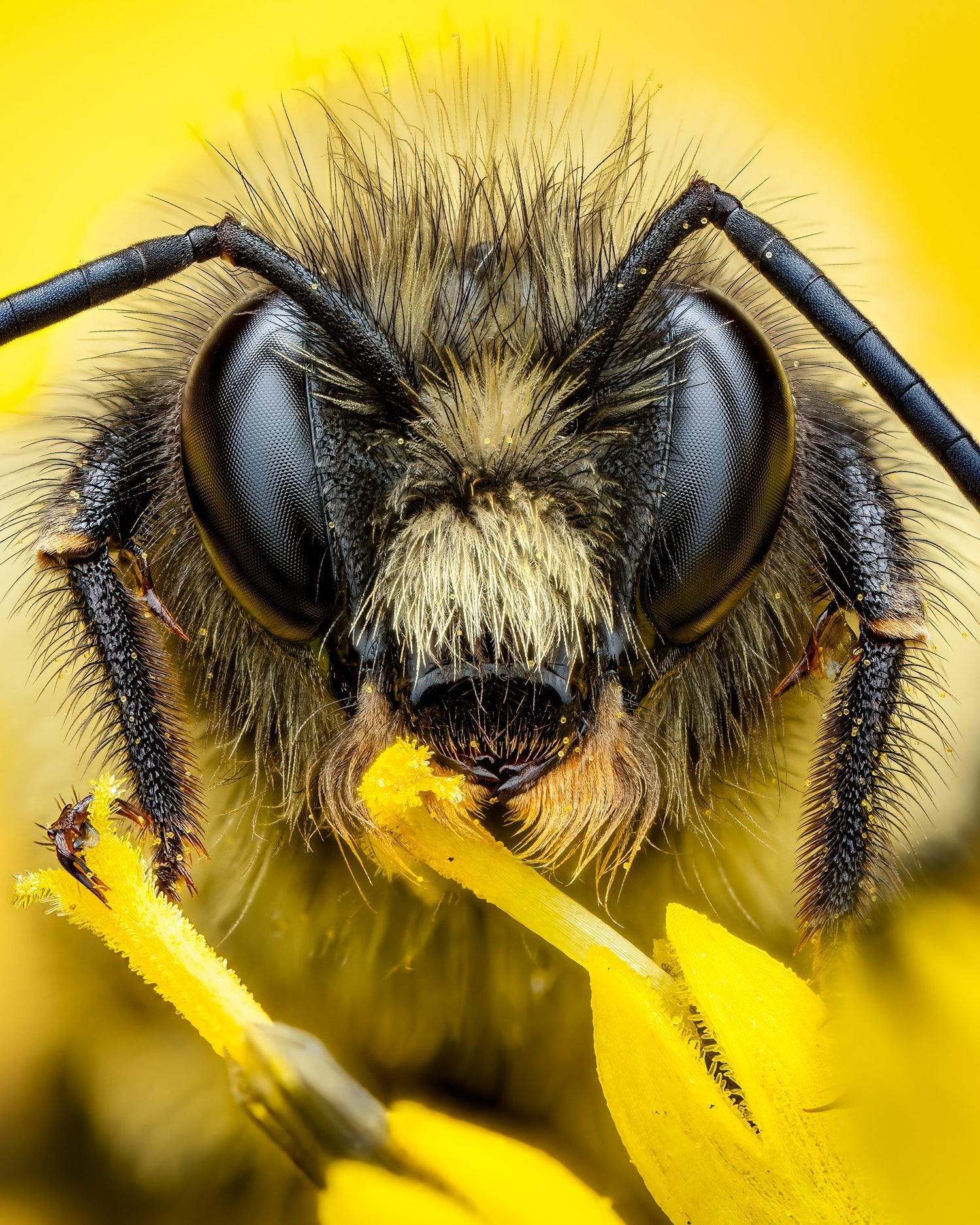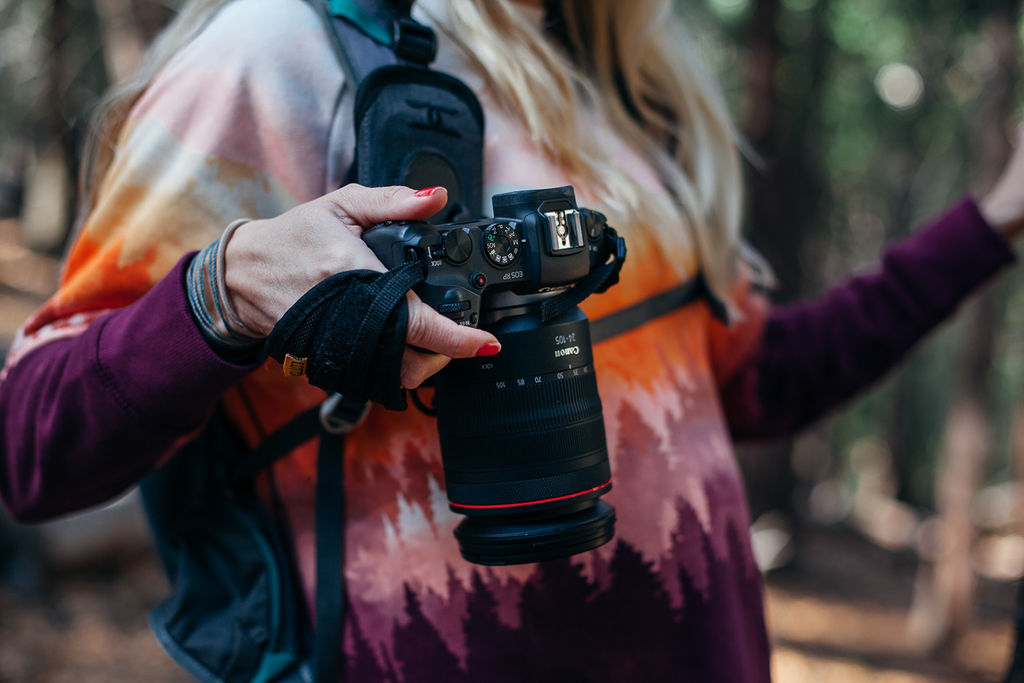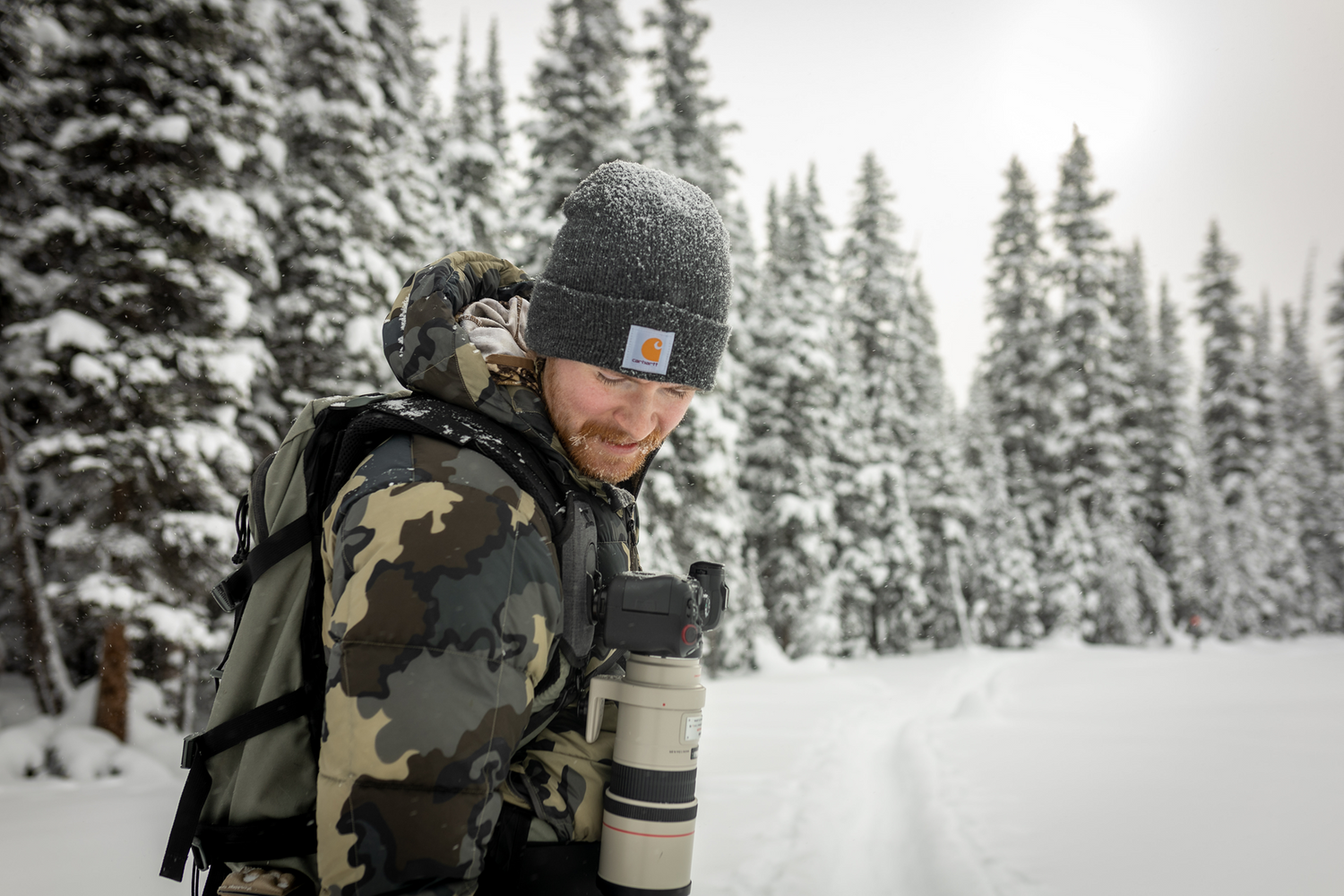There are certain photographers who routinely stand out from the crowd and produce some amazing work. But what makes their photography different and gets them noticed? In this article I’ll try and give you an insight into a few of the techniques that result in some of the more artistic images and show you a few examples. Don’t worry if you don’t know your f-stops from your ISO, this will be more of an exploration into, and appreciation of, the subject, approach, and the resulting image, rather than a dull regurgitation of the technical settings and equipment used.
But firstly, here’s an important point. All the latest equipment and technical magic available, although provides an incredible advantage over the equipment of the past, is no guarantee of instant success. There is no substitute for experience and knowledge of the subject – good old fashioned fieldcraft. To illustrate the point, I have been using the same camera as my main workhorse for the last eight years. Those years represent a technological chasm in terms of camera advancement, and one could rightly argue that there are cameras out there that would do a better job in this way or that way, especially with the emergence of the mirrorless ‘magicians’. But the camera I use still does the job I want it to do and, most importantly, the image quality is superb. It won’t last forever and is showing signs of fatigue, but I’ll wait for it to die before replacing it. Knowledge of my subject is far more important than forking out £2,000+ for a replacement that might autofocus that wee bit quicker or take another 2 or 3 frames per second, attributes that are useless without the opportunity to make full use of them.
My journey into wildlife photography began with taking what I can only describe as ‘literal’ photographs – the sort of images that show all the features of the subject that might be needed for an identification guide, the very use to which many of them have been put over the years. When photographing birds for example, I’d make sure I photographed things at a time of day when the light was bright, but not too harsh, the sun was behind me to light the bird nicely and show its features, and the foreground and backgrounds were uncluttered so as not to draw attention away from the subject. I still take this sort of image today and have used plenty to accompany the articles I’ve written, especially those that delve into details of species identification. But there are countless similar illustrative and technically brilliant images available instantly on the internet.
These images aren’t difficult to capture with modern equipment as we’ve already discussed. Given a basic knowledge of camera settings and how to employ suitable shutter speeds and apertures, I could have anyone producing publishable images with 10 minutes basic tuition. So, although this photograph of a Goldfinch is undoubtedly a nice picture and does the job it was designed to do, there are thousands like it out there to choose from.
The word photography literally means ‘drawing with light’ and it is the understanding of light and how the camera captures it that opens a multitude of artistic avenues to those that master its control. Allow the camera to make all the decisions through the auto modes and you lose the ability to use light differently. Controlling the exposure of light in an image can change the mood dramatically and transform a ‘literal’ shot into something way more artistic and eye-catching. It is understanding how to control the input of light into the camera and predicting its resulting effect that makes the difference.

The Mute Swan is probably the easiest bird to photograph in the UK; they are common, accessible, large and confiding. As a result, there are billions of images of them out there, but they are such an iconic and elegant bird that good images will always draw appreciative attention. A lake local to me is ideally positioned to catch the sun as it rises in the morning, leaving the far bank in the shade. The high contrast between the swans’ white plumage as they drift into the sunlight against the backdrop of the shaded far bank creates an opportunity to exploit this contrast artistically. I massively underexposed this image to accentuate the contrast, isolating the bird on a dark background as the sunlight hit it. Left to the camera’s own devices, it would have revealed far more detail in the shaded bank, the swan’s plumage most likely being over exposed and too white, resulting in a more literal, flat image. Note the low angle to create the intimacy and reflection we talked about before – yes, I was lying in the mud again.

Contrastingly, this image of a Great White Egret is deliberately over-exposed. I was thrilled to get the opportunity to see this species in the UK earlier in the year when a confiding individual took up temporary residence on a pond in Hampshire. It habitually took to sitting in a dead tree once the dawn mist had burnt off the pond. By allowing my camera to decide the exposure, the resulting image was a bit dull and boring. However, I knew if I overexposed the scene, I could turn the background pure white, and the bird’s plumage would merge into it and create something much more impressionistic and visually appealing.
These two contrasting styles are known as low-key and high-key respectively, and are employed regularly by many of the wildlife photographers I admire. But there are other creative tricks including the advantages of pointing the camera directly into the light, the use of movement and motion blur to convey drama, and using foliage and other out of focus elements, deliberately obscuring parts of an image to draw the eye to others. But they are subjects for a future article.




